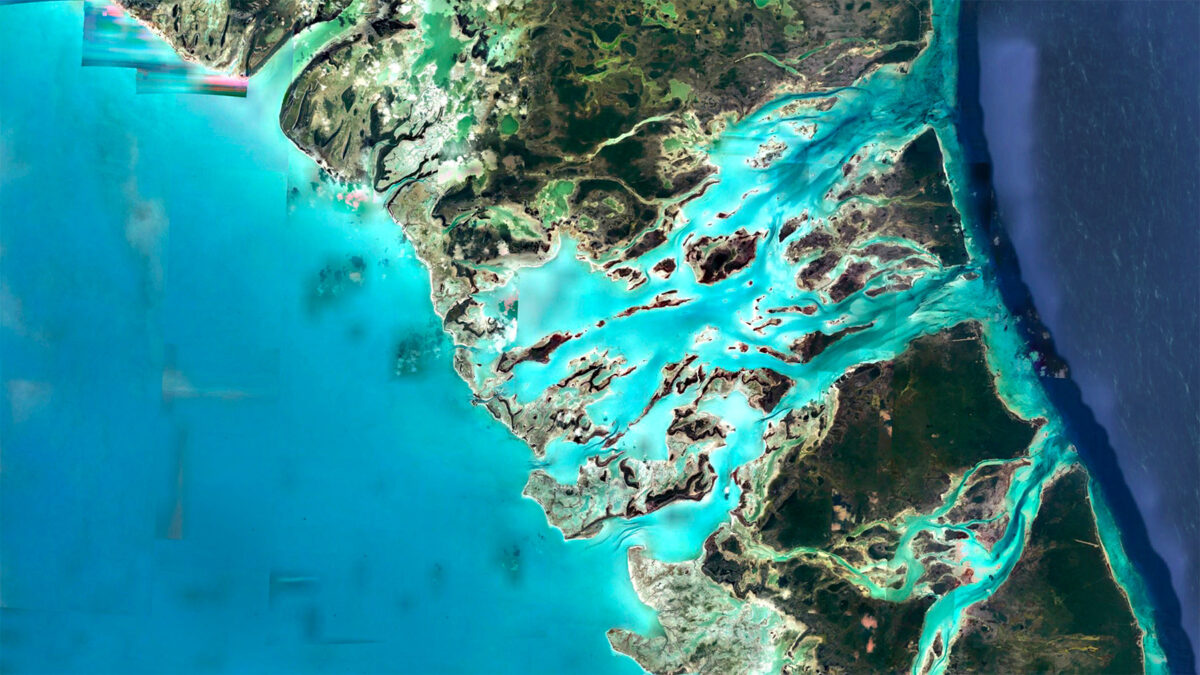In recent months, Vice filed for bankruptcy, National Geographic fired its remaining staff writers, BuzzFeed closed its Pulitzer Prize-winning news division, MTV News shut down, The New York Times closed its sports desk, while The LA Times, Insider, and major TV and cable news networks made deep cuts to their newsrooms. In short, advertising-dependent news businesses are under great strain.
Mongabay used to be heavily reliant on advertising, accounting for nearly all of its revenue. Today, advertising comprises less than 0.5% of our income.
Why this dramatic change? Mongabay transitioned to a non-profit model a decade ago. This transition facilitated our growth from a two-person enterprise to an organization that is set to house close to 100 staff by the end of this year.
Consequently, our current business model is deeply rooted in a non-profit approach, where ROI is gauged in terms of how our journalism contributes to societal impact, rather than our net income.
As we plan to extend our impact into the next decade, financial sustainability remains a core consideration. The third pillar of our 2030 strategic plan thus focuses on how we intend to scale up the financial resources necessary to sustain our carefully planned growth trajectory.
Mongabay’s current sources of funding
When I transitioned Mongabay to a non-profit, I had no experience in fundraising or connections to wealth. I started out by knocking on a lot of doors, very few of which opened. Eventually, I found the most success with philanthropic foundations, so that’s where we have concentrated our fundraising efforts. This is the primary reason why today, more than 60% of our revenue comes from foundations.
These foundations have been catalytic partners for us. However, because most restrict funding to specific projects, it necessitates that we partner with many to secure the resources we need to support the array of topics that we cover. Significant efforts are required to produce the necessary grant reports.
Mongabay’s 2030 strategy: Diversification
Going forward, a core goal of Mongabay’s fundraising strategy is to diversify our funding sources. This includes placing more emphasis on individual donors, who tend to provide general support. With a monthly website readership of about 3 million people, we believe there’s a substantial pool of donors among our readers who appreciate our reporting and the fact it is freely accessible to all.
Beyond individuals, we will continue to explore other channels, including earned income models that are aligned with our principles, especially our need to maintain independence and objectivity in reporting.
We believe the support of our readers and the broader philanthropic community will enable Mongabay to achieve our ambition: mobilizing a global community to alleviate the planetary emergency. We regard journalism as an important and cost-effective tool in addressing the challenges we collectively face.
Thanks for joining us on this journey!

